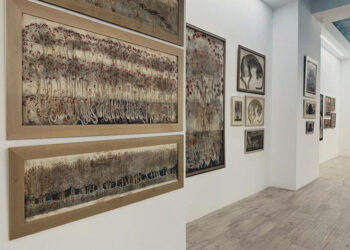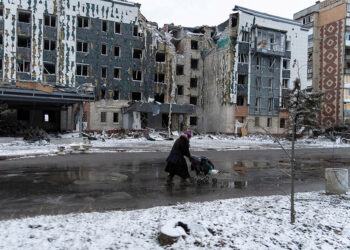The exhibition Color of Pomegranates at Gallery Artbeat in Tbilisi is a visual symphony that delves into the intricate and often painful intersections of history, identity, and politics. Drawing from a diverse array of local and international artists, the show emerges as a potent reflection of contemporary Georgian society, where art is not just a form of expression, but a battleground for ideological warfare.
The exhibition’s title is a direct homage to Sergei Parajanov’s cinematic masterpiece, yet it is equally a profound commentary on the ongoing struggles faced by the LGBTQ+ community in Georgia. In a country where gender politics are as complex and contentious as the social fabric itself, Color of Pomegranates becomes a vivid and visceral narrative of resistance, identity, and the relentless pursuit of freedom.
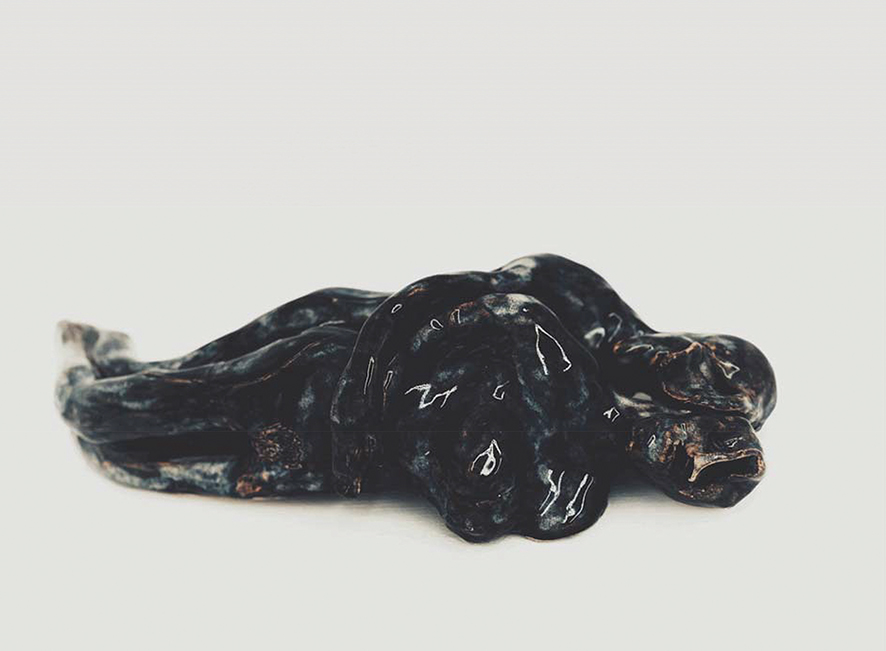
Resonances of Parajanov: Cinematic Echoes in Contemporary Art
Sergei Parajanov’s The Color of Pomegranates (1969) is not merely a cinematic influence, but a symbolic and political touchstone for this exhibition. Parajanov, an artist persecuted by Soviet authorities for his homosexuality, serves as a spiritual guide for many of the works displayed. His story of censorship and oppression underlines the exhibition’s broader themes of marginalization and resistance. Parajanov’s influence is felt most strongly in the works that grapple with the tension between public and private identities, and the ongoing struggle for visibility in a society that often demands conformity.
The exhibition itself stands as a testament to the resilience of queer art, echoing Parajanov’s defiant spirit. By invoking his legacy, the artists featured in Color of Pomegranates are not only paying homage to a pioneer but also asserting their place in a cultural dialogue that has too often sought to silence them.
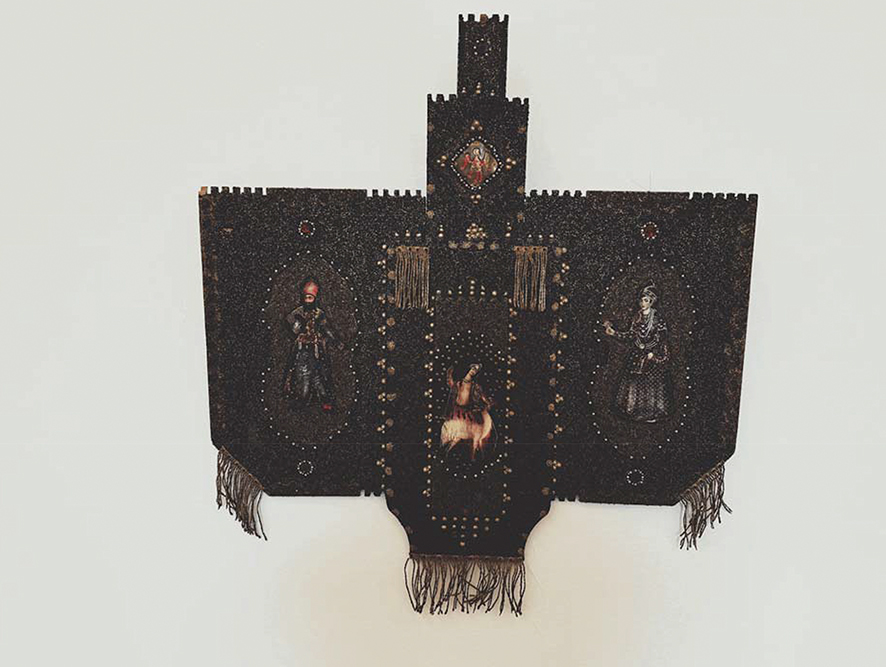
Art as Political Weaponry: The Role of LGBTQ+ Narratives in Georgian Society
The artists in this exhibition do not shy away from the political realities of their context. The recent adoption of anti-LGBTQ+ legislation in Georgia, particularly the draft law On Family Values and Protection of Minors, serves as a stark backdrop to the exhibition. This law, supported by multiple parliamentary committees, is a direct assault on the rights and freedoms of the LGBTQ+ community. It is within this fraught political landscape that the artists in Color of Pomegranates operate, using their work as both shield and sword in the ongoing fight for equality and recognition.
David Apakidze’s work is a striking example of this intersection of art and activism. His exploration of queer identities within the framework of Georgian Orthodox iconography is not just a reclamation of cultural symbols but a direct challenge to the conservative forces that seek to erase queer existence from the national narrative. By queering these sacred images, Apakidze forces a confrontation with the deeply ingrained homophobia that pervades both religious and social spheres in Georgia.
Similarly, Andro Dadiani’s work is a raw and unfiltered commentary on the social issues that plague contemporary Georgia, from homophobia to religious fanaticism. His use of homoerotic imagery is not merely provocative but deeply personal, reflecting the repressed nature of his own existence in a society that refuses to acknowledge his identity. The anonymity and masks that shroud Dadiani’s life are mirrored in his art, creating a powerful narrative of survival in the face of relentless oppression.

The Politics of Gender Fluidity: Marika Kochiashvili and Rene Matic
Gender identity and its fluidity form a central theme in the works of artists like Marika Kochiashvili and Rene Matic. Kochiashvili’s sculptures and photographs explore the blurred lines of the gender binary, challenging the rigid norms that have shaped representations of female sexuality in the South Caucasus. Her work is a celebration of fluidity, a visual language that embraces the complexity of gender and the beauty of androgyny. The androgynous figurines in her sculptures are intimate, depicting sex scenes that are tender yet charged with a quiet defiance. They stand as a bold statement against the conservative forces that seek to impose a singular, heteronormative narrative on society.
Rene Matic’s work, on the other hand, draws from the rich cultural tapestry of British working-class culture, blending it with the vibrancy of queer identities. Her exploration of queer intimacies within the context of Northern soul and Ska movements is both an homage to the past and a reclamation of space for marginalized identities. Matic’s art is a powerful reminder that queer culture is not a modern phenomenon but has deep roots in the social and cultural movements of the past.
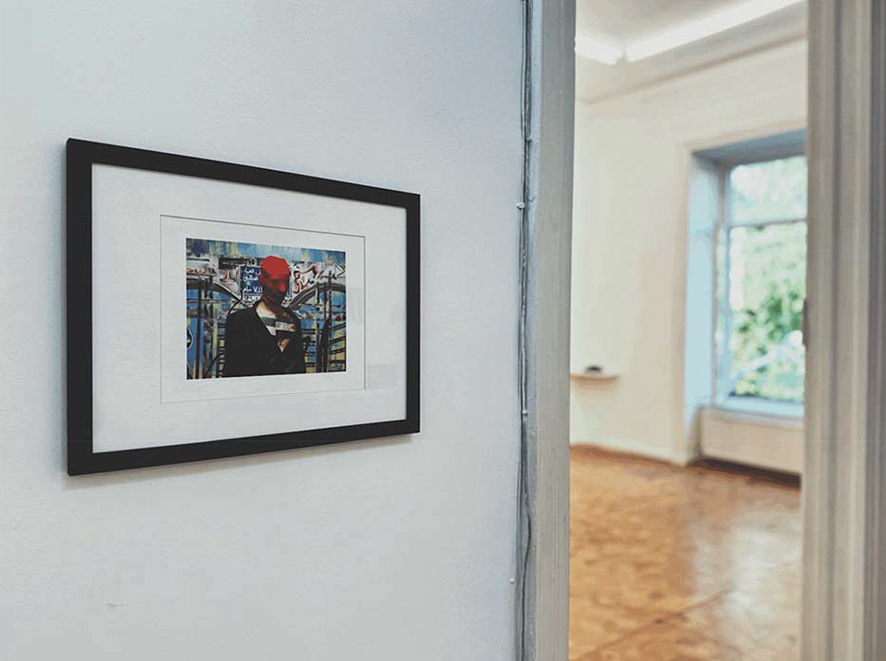
Beyond Borders: The Transnational Voices of Gaby Sahhar and Giorgi Miminoshvili
The exhibition’s transnational dimension is further enriched by the works of Gaby Sahhar and Giorgi Miminoshvili, both of whom engage with themes of migration, identity, and the politics of space. Sahhar’s work, which spans painting, video, and installation, is a poignant exploration of Palestinian identity within the context of displacement and fragmentation. By centering queer expression within this geopolitical framework, Sahhar draws parallels between the struggles of the LGBTQ+ community and the broader issues of border politics and censorship.
Miminoshvili’s work, grounded in the political realities of contemporary Georgia, also engages with the concept of space, particularly the idea of ‘non-places’—spaces devoid of identity, such as rented apartments or dormitories. His series, which utilizes the format of postage stamps, is a meditation on the commodification of space and its impact on identity formation in the context of migration. Through his art, Miminoshvili connects the dots between personal and political, illustrating how the global and the local, the public and the private, are inextricably linked.
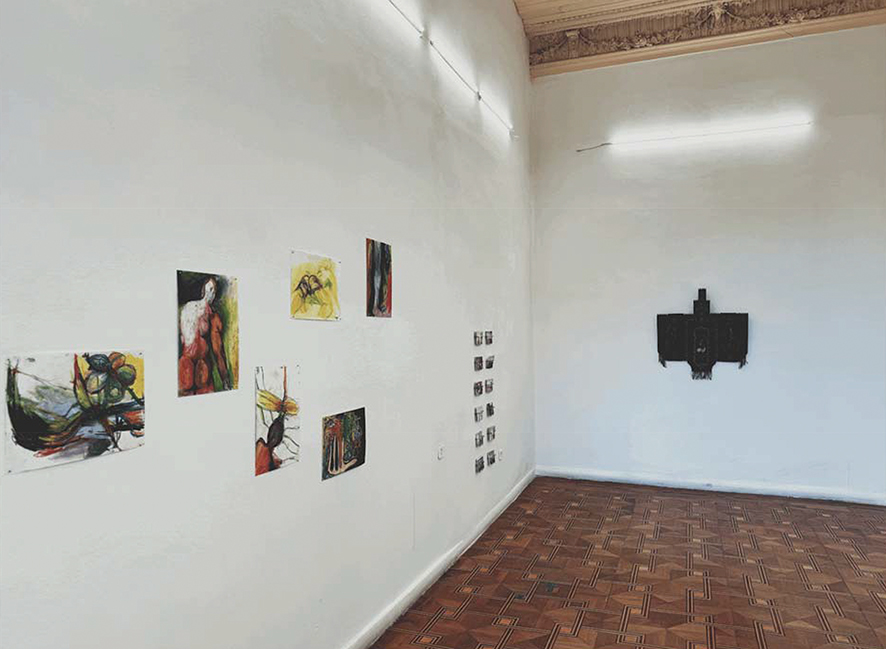
Hannah Quinlan & Rosie Hastings: Queer Dance as Resistance
In a society where public spaces are often contested and policed, the act of queer dance becomes an act of resistance. Hannah Quinlan and Rosie Hastings capture this dynamic in their film Everything Is Folly In This World That Does Not Give Us Pleasure (2021), which portrays queer dance as a bridge between the alienated individual and the broader LGBTQ+ community. The film’s title, borrowed from Verdi’s La Traviata, underscores the hedonistic joy and defiance inherent in queer dance—a space where pleasure is both a form of resistance and a claim to existence in a world that often denies it.
Historical Echoes: Alex Margo Arden’s Reconstruction of Queer Histories
Alex Margo Arden’s work is a meticulous reconstruction of queer histories, specifically the trials of Kenneth Halliwell and Joe Orton in the late 1950s and early 1960s. By retracing the steps of these historical figures, Arden not only brings their stories to the fore, but also draws attention to the broader cultural and legal frameworks that have historically oppressed queer individuals. Her collages, composed of materials from the same era, serve as both an homage and a critique, highlighting the ways in which queer lives have been marginalized and erased from mainstream history.
Color of Pomegranates is not just an exhibition; it is a manifesto. It is a declaration of the right to exist, to love, and to create in a world that too often seeks to suppress these fundamental freedoms. Through their work, the artists in this exhibition challenge the status quo, offering a powerful critique of the social and political forces that continue to oppress the LGBTQ+ community in Georgia and beyond. But more than that, they offer a vision of a world where art is not just a form of resistance but a means of survival, a way to carve out space in a hostile world, and a tool for imagining a more just and inclusive future.
In the face of rising homophobia, censorship, and violence, Color of Pomegranates stands as a testament to the enduring power of art. It is a reminder that art can be both a mirror and a hammer—a way to reflect the world as it is, and a tool to shape it into something better. As the exhibition continues to run until September 8, 2024, it invites viewers to engage with these critical issues, to reflect on the challenges faced by the LGBTQ+ community, and to consider the role that art can play in the ongoing struggle for justice and equality.
By Ivan Nechaev



